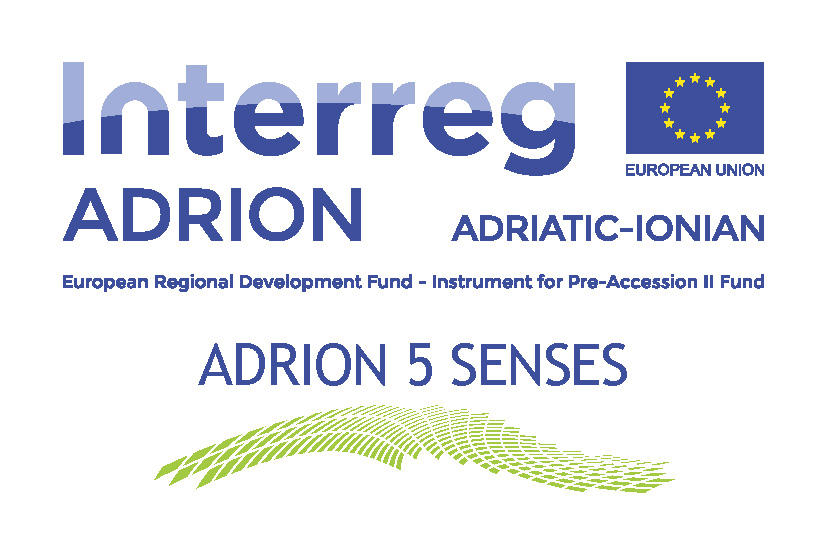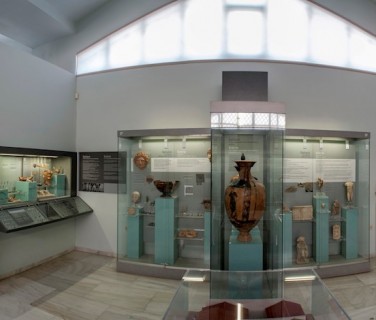
Archaeological Museum of Eretria
5.0
Sight
The Museum of Eretria is one of the most important archaeological museums of the Greek area, which presents findings from various eras. The sculptures of the temple of Daphnephore of Apollo, and especially the complex of Theseus with the Amazonian Antiope, are prominent in them. The Museum is in close proximity to the archaeological site, which helps to better understand it. The building of the Museum belongs to the Greek state, and its expansion with a second large hall was financed by the Swiss Archaeological School (the renovation lasted from 1989-1991).
The findings come from excavations by the local Ephorate and foreign archeological schools (Swiss and British School) in the wider area of Eretria. Chronologically they cover the entire population range of the area, from the Bronze Age to the Roman years. There is a chronological ordering of showcases and objects (starting with the oldest and ending with the newest). The museum exhibits pottery (of all ages), sculptures and reliefs of the Archaic, Classical and Hellenistic Era, bronze objects, such as vases, figurines, luxury items from the East, gold, silver and copper jewelry, armor and more. The most important exhibits of the Museum can be considered the sculptural complex of Theseus with Antiopi from the western pediment of the temple of Daphnephore of Apollo in Eretria, the clay statue of Centaurus from Lefkandi, the bronze parakeet with horseshoe Panathinaic amphorae.
Sculptures from the 4th century are on display in the Museum's hallway. B.C. and inscriptions. The museum's first main hall contains the findings of prehistoric Eretria, as well as three neighboring prehistoric settlements, Xeropolis, Amarinthos and Magoula.
Xeropoli is located northwest of Eretria and had an important position from the end of the Early Helladic Era and the Mycenaean Era. The settlement of Amarinthos was discovered beneath an artificial hill southeast of Eretria and dates from the Helladic Era (around 3000 BC). Magoula is located between Eretria and Amarinthos and dates back to the Early Helladic Era.
The most important exhibits, however, come from the cemeteries of Lefkandi and Eretria. In the second hall dominates the western pediment of the temple of Daphnophore Apollo, which dates to the late 6th century. B.C. and is an example of great art. Finally, the Museum's courtyard features architectural members, tombstones, resolutions and more.













